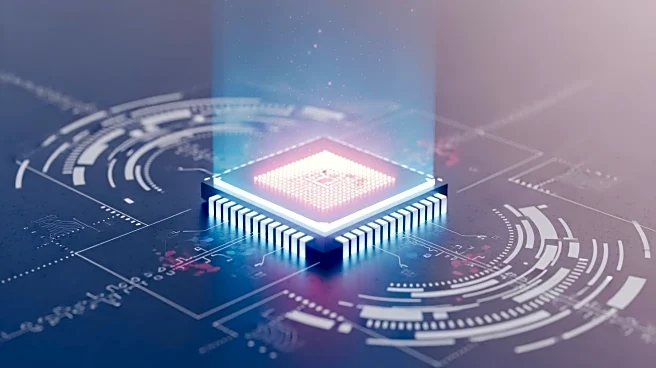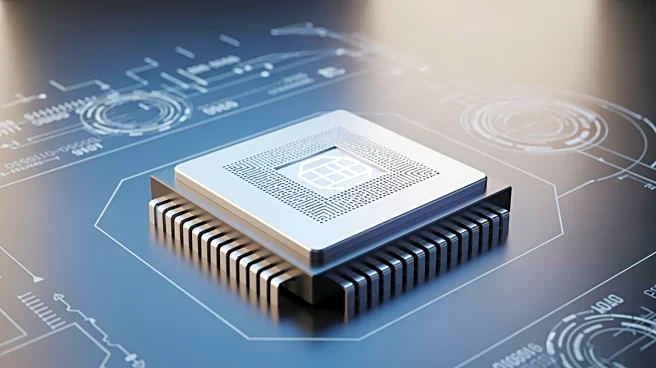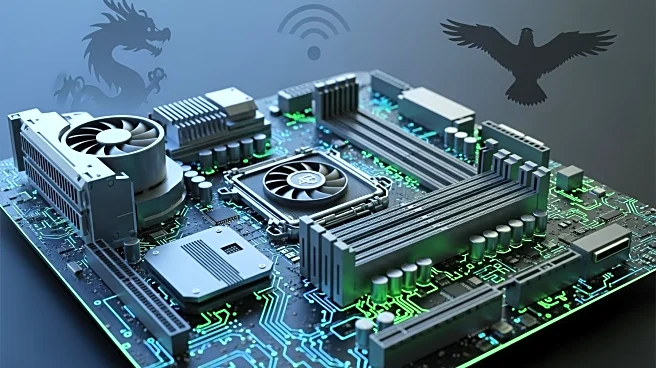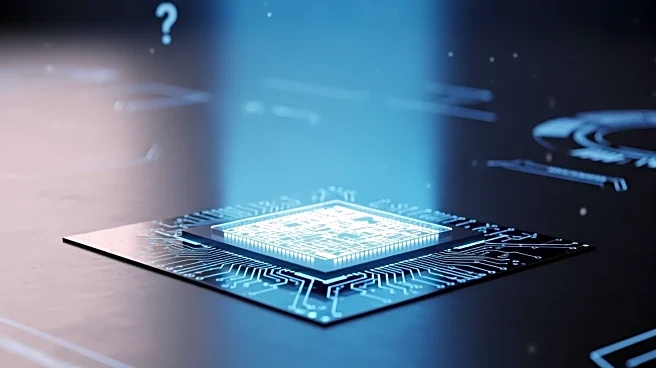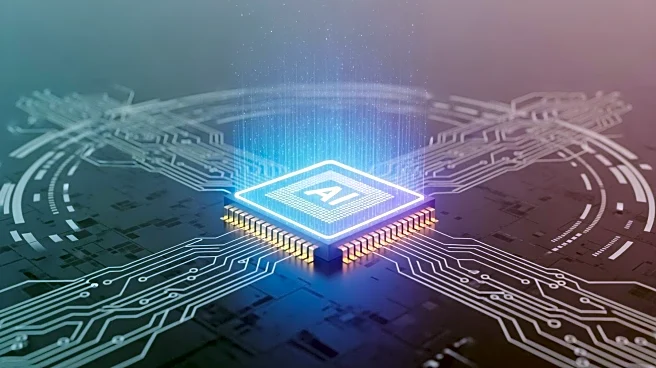What's Happening?
Micron Technology is expected to benefit from a supply-demand imbalance in the DRAM market, according to UBS. The investment bank has reiterated its buy rating for Micron and increased its 12-month price
target from $225 to $245 per share, suggesting a potential 28% rally from its current price. Analyst Timothy Arcuri highlights a growing demand for DRAM, driven by U.S. hyperscalers and smartphone customers, which is not being met due to allocation of new DRAM bits to high bandwidth memory (HBM) applications. This situation is anticipated to strengthen Micron's profitability in the core DRAM sector.
Why It's Important?
The DRAM supply shortage presents a significant opportunity for Micron Technology to enhance its market position and profitability. As demand from major tech sectors like hyperscalers and smartphone manufacturers increases, Micron's ability to capitalize on this shortage could lead to substantial financial gains. This development is crucial for stakeholders in the semiconductor industry, as it may influence investment strategies and market dynamics. The shift towards HBM applications could also signal a long-term change in memory allocation priorities, affecting traditional memory markets.
What's Next?
Micron Technology may continue to experience stock price growth as the DRAM supply shortage persists. Industry stakeholders will likely monitor the allocation of DRAM bits to HBM applications, which could impact future supply dynamics. Investors and analysts will be watching for Micron's strategic responses to these market conditions, including potential adjustments in production or investment in new technologies. The broader semiconductor industry may also see shifts in investment focus as companies adapt to these evolving supply and demand trends.
Beyond the Headlines
The DRAM supply shortage highlights broader challenges in the semiconductor industry, including the need for strategic resource allocation and innovation. As companies like Micron navigate these issues, there may be implications for global supply chains and technological advancements. The focus on HBM applications suggests a shift towards more specialized memory solutions, which could drive future research and development efforts in the sector.
